A description of Goloka Vṛndāvana, the Supreme Abode
In his purport to CC Adi 5.18-19, Srila Prabhupada gives us a detailed description of Goloka Vrindavana, the Supreme Abode:
“The abode known as Vṛndāvana or Gokula is also known as Goloka. The Brahma-saṁhitā states that Gokula, the highest region of the kingdom of God, resembles a lotus flower with thousands of petals. The outer portion of that lotuslike planet is a square place known as Śvetadvīpa. In the inner portion of Gokula there is an elaborate arrangement for Śrī Kṛṣṇa’s residence with His eternal associates such as Nanda and Yaśodā. That transcendental abode exists by the energy of Śrī Baladeva, who is the original whole of Śeṣa, or Ananta. The tantras also confirm this description by stating that the abode of Śrī Anantadeva, a plenary portion of Baladeva, is called the kingdom of God. Vṛndāvana-dhāma is the innermost abode within the quadrangular realm of Śvetadvīpa, which lies outside of the boundary of Gokula Vṛndāvana.”
Based on this description, as well as other details given in the Brahma-Sanhita, devotees made a map of Goloka Vrndavana, the famous Goloka chart:
The spiritual sky is filled with innumerable Vaikunta planets, each one bigger than a complete material universe. As mentioned by Prabhupada, however, Goloka is larger than all Vaikunta planets combined. We have trouble realizing even the size of our own planet, which is just like a particle of dust inside the smaller of the material universes; therefore, it is impossible for us to conceive how large Goloka is and how many souls live there.
Goloka appears in the form of an inconceivable lotus flower, with thousands of petals. Each of these petals is the abode of one of the gopis, and the stage for one of the Lord’s pastimes. The whole flower is alive, and the petals can move, and thus the different territories can be connected in various ways. The inner petals include the pastimes of the Lord in Goloka, and the outer petals the pastimes of Sri Caitanya Mahaprabhu in Navadvipa.
This Supreme Lotus is placed on the divine island of Svetadwipa, which is quadrangular. On the outskirts of Svetadvipa, there are three concentric islands with the realms of Mathura, Jagannatha Puri, and Dvaraka. Outside of it is Ayodhya.
Prabhupada comments on this point in his purport to CC Adi 5.18:
“From the authoritative evidence cited by Jīva Gosvāmī we may conclude that Kṛṣṇaloka is the supreme planet in the spiritual sky, which is far beyond the material cosmos. For the enjoyment of transcendental variety, the pastimes of Kṛṣṇa there have three divisions, and these pastimes are performed in the three abodes Dvārakā, Mathurā and Gokula. When Kṛṣṇa descends to this universe, He enjoys the pastimes in places of the same name. These places on earth are nondifferent from those original abodes, for they are facsimiles of those original holy places in the transcendental world. They are as good as Śrī Kṛṣṇa Himself and are equally worshipable. Lord Caitanya declared that Lord Kṛṣṇa, who presents Himself as the son of the King of Vraja, is worshipable, and that Vṛndāvana-dhāma is equally worshipable.”
Svetadwipa manifests partially in the material universes as the abode of Lord Ksirodakasiy Viṣnu, but the Svetadvipa under Goloka is the original one. This divine abode of Svetadvipa is described in the 5th verse of the Brahma-samhita:
“There is a mysterious quadrangular place named Śvetadvīpa surrounding the outskirts of Gokula. Śvetadvīpa is divided into four parts on all sides. The abode of Vāsudeva, Saṅkarṣaṇa, Pradyumna and Aniruddha are separately located in each of these four parts. These four divided abodes are enveloped by the fourfold human requirements such as piety, wealth, passion and liberation, as also by the four Vedas, viz., Ṛg, Sāma, Yajur and Atharva, which deal with the mantra and which are the bases of achievements of the fourfold mundane requirements. Ten tridents are fixed in the ten directions, including the zenith and nadir. The eight directions are decorated with the eight jewels of Mahāpadma, Padma, Śaṅkha, Makara, Kacchapa, Mukunda, Kunda, and Nīla. There are ten protectors [dik-pālas] of the ten directions in the form of mantra. The associates of the hues of blue, yellow, red and white and the extraordinary potencies bearing the names of Vimala, etc., shine on all sides.”
All these transcendental abodes are eternal and are also manifest on this Earth. The eternal pastimes of the Lord in the spiritual world are called “unmanifested” because they are not material, but these same pastimes are also sometimes visible in the holy places manifest in this material world, according to the desire of the Lord. When Krsna appears, He makes these pastimes visible, and similarly, when He so desires, these pastimes become visible to pure, specific devotees. In the Kṛṣṇa-sandarbha, Srila Jīva Gosvāmī mentions that, "Nonmanifestive pastimes are expressed in manifestive kṛṣṇa-līlā, and goloka-līlā is the nonmanifestive pastimes of Kṛṣṇa visualized from the mundane plane." This means that the “manifest” pastimes visible on Earth are the same pastimes that happen in the spiritual world, which just become visible here. It is not that there are two separate sets of pastimes. Krsna is just one, but He can become simultaneously visible both in the spiritual and material skies.
The whorl of the lotus contains the most intimate portion of the pastimes of the Lord, and is described in the Brahma-sanhita (5.3):
“The whorl of that transcendental lotus is the realm wherein dwells Kṛṣṇa. It is a hexagonal figure, the abode of the indwelling predominated and predominating aspect of the Absolute. Like a diamond the central supporting figure of self-luminous Kṛṣṇa stands as the transcendental source of all potencies. The holy name consisting of eighteen transcendental letters is manifested in a hexagonal figure with sixfold divisions.”
The mantra of eighteen letters is the kama-gayatri, the most intimate mantra, that, when chanted perfectly, allows a devotee to enter into the intimate pastimes of the Lord. This is a very confidential subject, but it is explained by Srila Bhaktisiddhanta Sarasvati Thakura in his purport to the same verse:
“The manifestations of the nonmanifestive pastimes of Kṛṣṇa with regard to the conditioned souls are twofold, viz., (1) worship through the channel of the mantras (inaudibly recited, liberating, self-dedicatory, transcendental sounds), (2) spontaneous outflow of heart's spiritual love for Kṛṣṇa. Śrī Jīva Gosvāmī has said that worship through the mantra is possible permanently in the proper place, when confined to one pastime. This meditative manifestation of Goloka is the pastime attended with the worship of Kṛṣṇa through the mantra. Again, the pastimes that are performed in different planes and in different moods, are autocratic in diverse ways; hence svā-rasikī, i.e., spontaneous, outflow of heart's spiritual love for Kṛṣṇa. This śloka conveys a twofold meaning. One meaning is that in the pastime attended with worship through the mantra consisting of eighteen transcendental letters, transcendental words contained in the said mantra being differently placed make a manifestation of only one līlā of Śrī Kṛṣṇa. As for example klīṁ kṛṣṇāya govindāya gopījana-vallabhāya svāhā—this is a hexagonal mantra consisting of six transcendental words, viz., (1) kṛṣṇāya, (2) govindāya, (3) gopījana, (4) vallabhāya, (5) svā, (6) hā. These six transcendental words, when placed juxtapositionally, indicate the mantra.
The hexagonal great transcendental machinery is in this wise. The principal seed, i.e. klīṁ, is situated in the instrument as the central pivot. Anybody with an impression of such an instrument in his mind and concentrating his thought on such spiritual entities, can attain, like Candradhvaja, to the knowledge of the cognitive principle. The word svā indicates kṣetrajña i.e., one who is conversant with one's inner self, and the word hā indicates the transcendental nature. This meaning of the mantra has also been corroborated by Śrī Hari-bhakti-vilāsa. The general meaning is this that one who is desirous of entering into the esoteric pastimes of Kṛṣṇa will have to practice His transcendental service along with the culture of the devotional knowledge relative to Him.”
The intimate abode of the Lord is represented by a hexagram (a six-pointed star), composed of two interlocking triangles, △ one pointing upward, and the other ▽ downward. You can see it is present in the diagram of the Goloka-chart:
This hexagram (ṣaṭ-koṇa-yantra) represents the eternal union of Radha and Krsna, as well as the Supreme abode and the six opulences of the Lord (fame, beauty, knowledge, wealth, strength, and renunciation). The symbol in itself is considered a deity and is used as the sacrificial arena in many Vedic ceremonies, as well as Vaishnava ceremonies.
It is also present in Judaism as the star of David:
This is not a coincidence. The ṣaṭ-koṇa is an eternal sacred symbol and has been present in our universe since the beginning. It was transmitted by Brahma to great sages togueter with the Vedas themselves. It is even mentioned by Brahma in the Brahma-samhita (karṇikāraṁ mahad yantraṁ, ṣaṭ-koṇaṁ vajra-kīlakam).
This explains why this symbol is found in practically all important religions and cultures throughout the centuries. It is revered by Christians, Muslins, Buddhists, Jaims, and others. There is also archeological evidence of it being revered by practically all great ancient empires, including Egypt, Sumeria, Assyria, Maya, Carthage, Greece, and so on. All these people share a connection to the ancient Vedic culture, and thus, it is not a surprise that they continued to revere one of its most sacred symbols.
David used the ṣaṭ-koṇa on his shield, and in this way, it ended up being adopted as a symbol of the Jewish religion. In this way, the ṣaṭ-koṇa, the symbol of Goloka, the abode of Krsna, and the symbol of the divine couple, is proudly worn by millions worldwide.
If you read this article to the end, give it a like or write a commentary. This makes Substack recommend it to more people.
Read also:


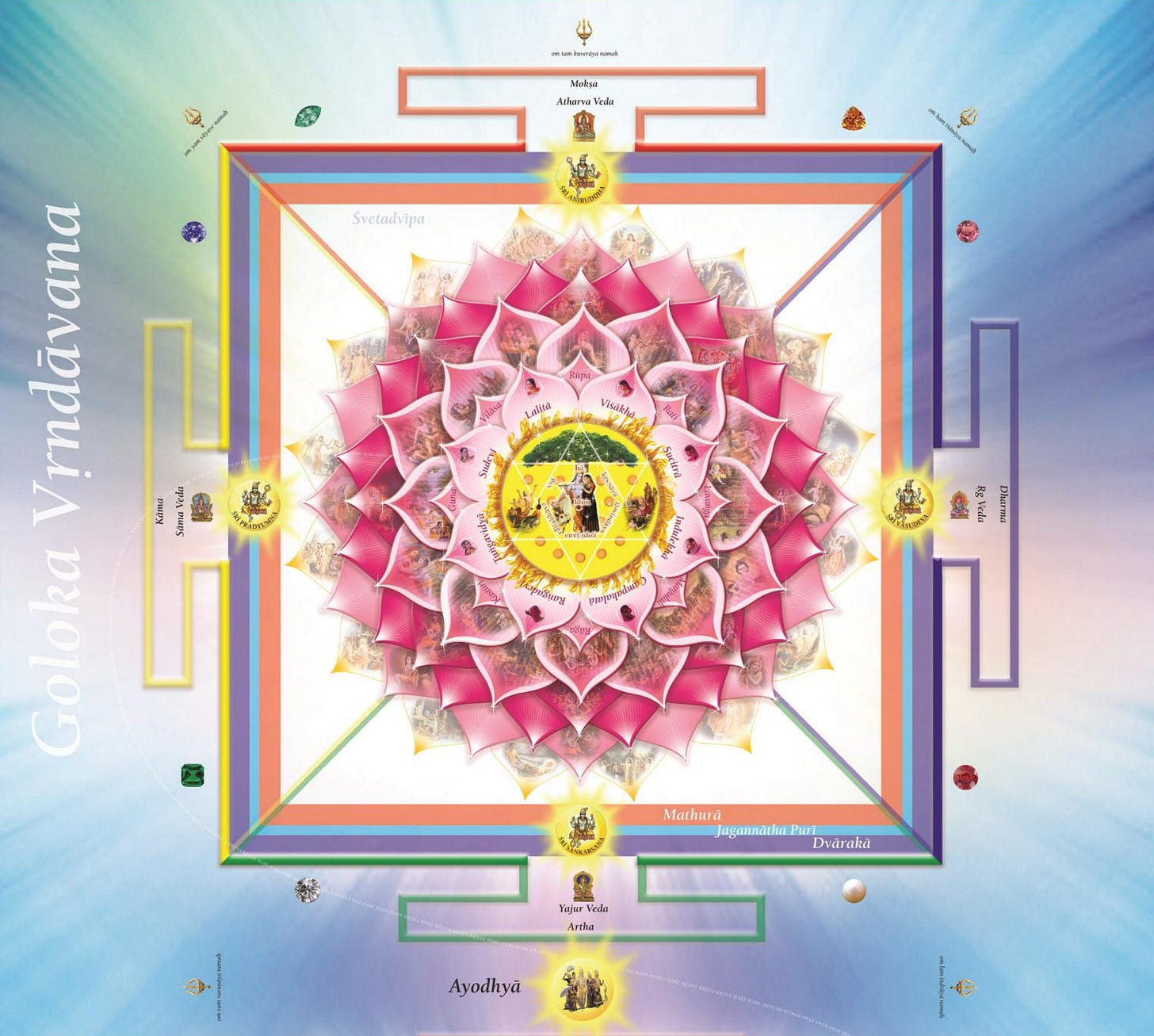
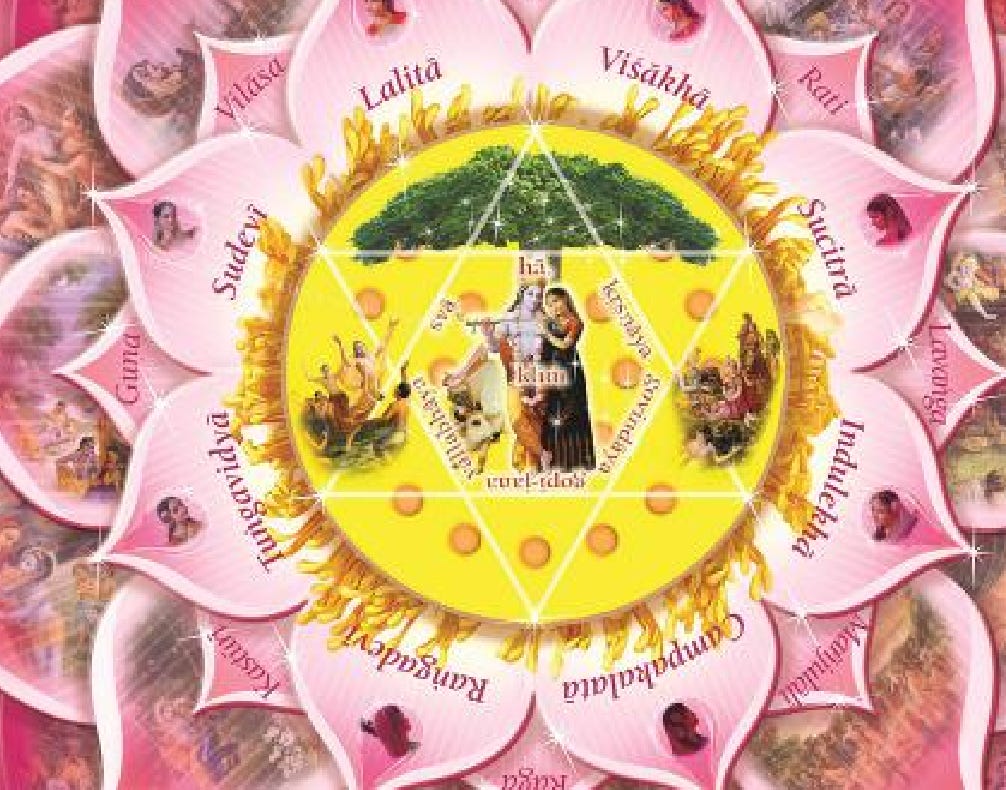
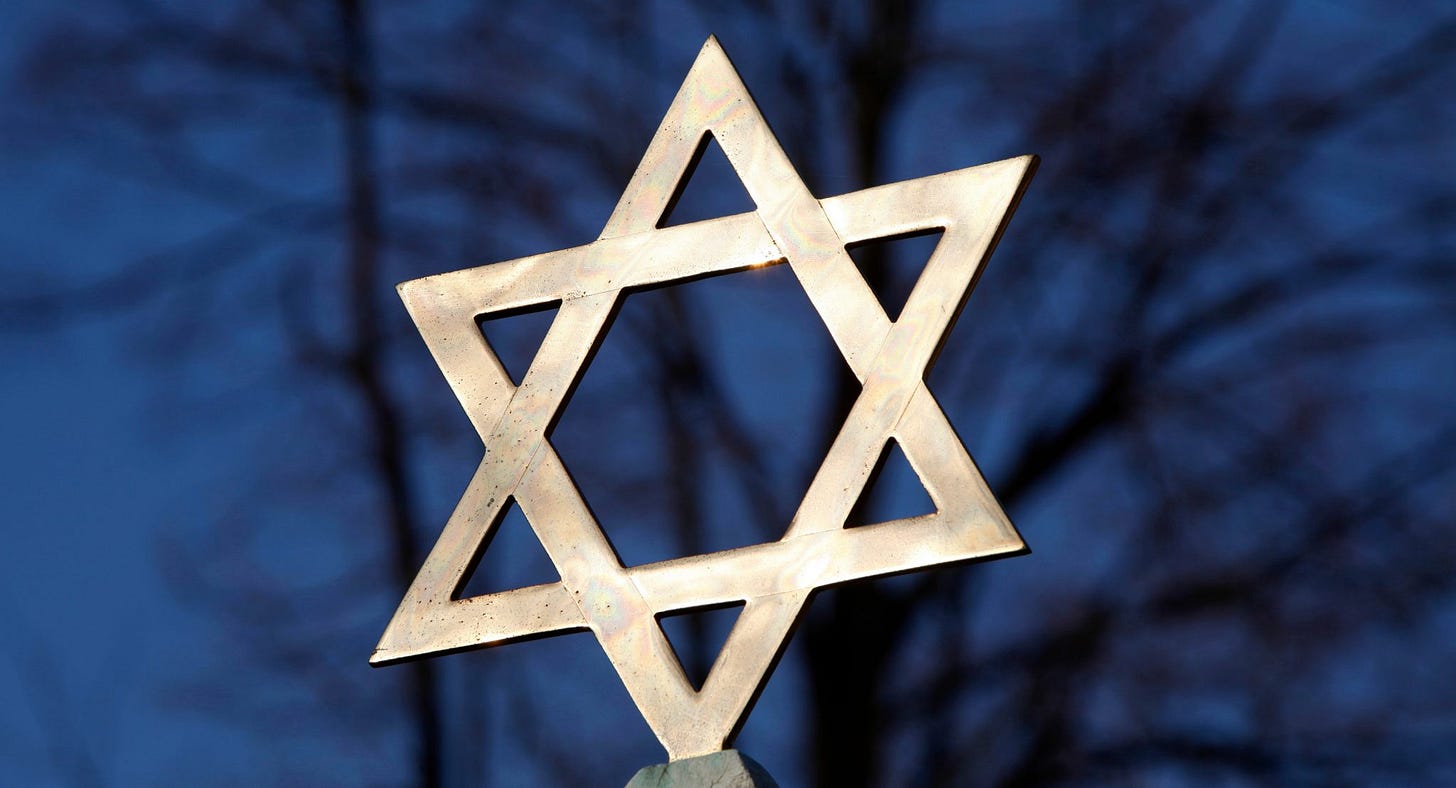
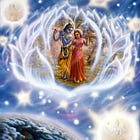
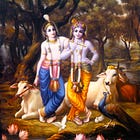
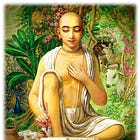
Hare Krishna Prabhu ji 🙏 very nice article Prabhu ji . Thank you